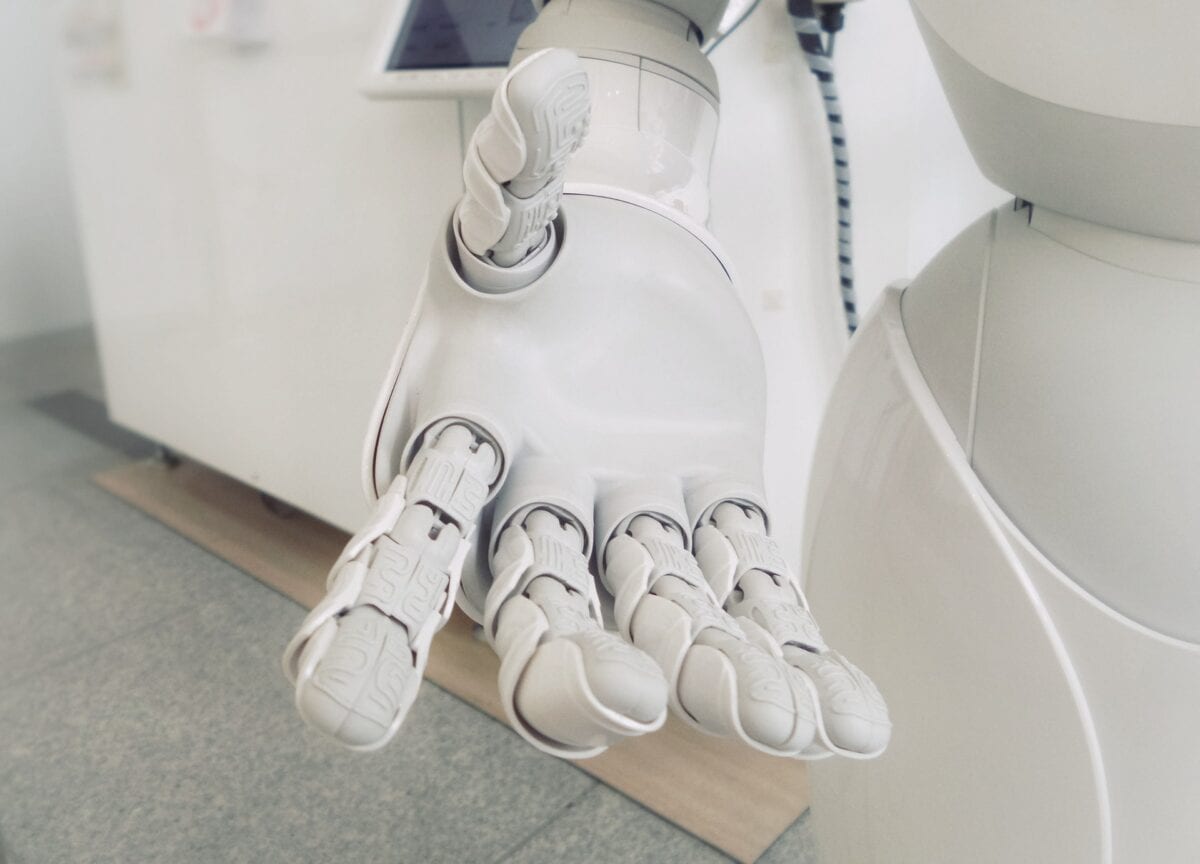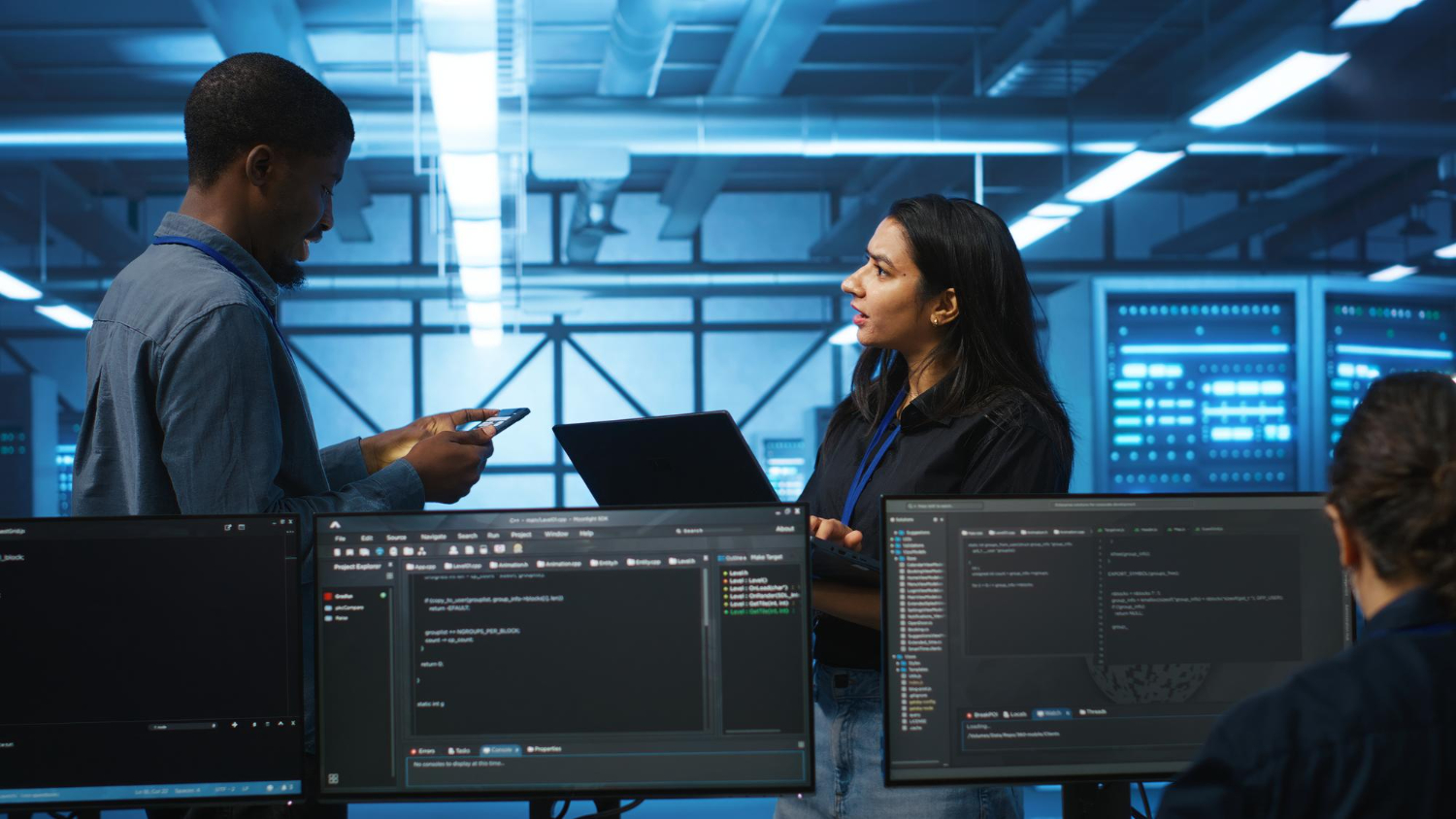Like previous revolutions, artificial intelligence is poised to disrupt how we work and live, and fundamentally, change our relationship with technology.
Famous for using a machine to crack enemy codes during World War II, Alan Turing is recognized for coming up with the concept that eventually grew into what we now know as artificial intelligence (AI).
Ideas about artificial beings and mechanical people date back to ancient Greek myths, such as the golden robots of Hephaestus and Pygmalion’s Galatea. However, “artificial intelligence” really gained momentum in the 1940s and ‘50s as scientists began to seriously discuss the possibility of creating an artificial brain.
The notion that such adaptive computing power could disrupt the ways we work and live, changing our relationships to machines and other people, soon became a matter of debate among scientists, philosophers and science-fiction authors. Artificial intelligence could be a history-altering revolution like the rise of steam power in the 18th century, electricity in the 19th century, and information technology in the 1960s.
A Test for Thinking Machines
With the 1950 publication of his landmark paper, “Computing Machinery and Intelligence,” Turing proposed what would later become known as the “Turing Test.” It posited that if a machine could converse in a manner that was indistinguishable from how a human being spoke, then the machine could be considered to be “thinking.”
Nine years later, American cognitive scientist Marvin Minsky, one of the field’s leading thinkers, co-founded MIT’s influential AI laboratory. Minsky was so respected for his work that he became a consultant on Stanley Kubrick’s 2001: A Space Odyssey with its chilling portrayal of the threat of AI in the form of the computer HAL 9000, one of the most iconic screen villains of all time.
Learning to Grow and Adapt
For the most part, scientists have ignored such warnings as they sought to create machines and algorithms that would pass the Turing Test.
At the heart of AI’s potential is its ability to absorb and analyze massive amounts of data, which with the right algorithms, it can use to make intelligent predictions, to learn, grow, and adapt. Striving to work like a human brain, it also uses tools such as pattern recognition and natural language processing to reason, form opinions, and predict what’s coming faster than people can.
Today, the potential of AI is unfolding all around us in quiet ways such as how Amazon recommends products for you to buy based on your shopping history, or the way Netflix offers suggestions about what to watch next. It’s also shaping our expectations of big things to come like cars that drive (or even fly) themselves while we scroll through our social media feed or read a book, perhaps incorporated into our clothes, jewelry, or even under our skin.
Unleashing a Torrent of Opportunities
The unlimited potential of AI has excited the imaginations – and investments – of everyone from captains of industry to government leaders. And nowhere is its promise brighter than in the realm of business.
Machine learning is driving productivity, changing how we work, and even managing investments with increasing frequency. With advanced pattern recognition, AIs can easily spot unusual credit card activity and help banks crack down on fraud much faster than before. AIs can also be trained to handle incoming phone calls, identify business prospects based on consumer behaviours, and help companies keep their sales funnels full.
With advances in cognitive computing, companies can now leverage AI to get deep insights into consumer behaviour and identify trends with real- time intelligence that informs business decisions, providing a true competitive edge. And this is just the beginning.
The Future is Intelligent
According to Tania Rahman, social media manager for IBM Watson, AI’s effect on business will only grow in the years to come. “Artificial intelligence already impacts many aspects of our daily lives at work, at home, and as we move about,” she wrote in a 2017 article. “Over the next decade, analyst firm Tractica predicts that annual Global AI enterprise software revenue will grow from $644 million in 2016 to nearly $39 billion by 2025. Services-related revenue should reach almost $150 billion.”
The six AI segments that should account for the bulk of these earnings include machine learning, natural language processing and understanding, computer vision, machine reasoning, strong AI, and deep learning.
For example, governments might begin using cognitive security systems to anticipate and respond to cyber-security threats before they happen. The financial industry could turn to AI to not only make faster trades and more informed financial decisions but also to help locate and crack down on rogue traders.
AI could help manufacturers with expensive machinery or companies with large fleets of vehicles accurately monitor when critical parts need replacing or when machines need servicing, helping to save money and downtime.
Don’t Worry Yet
With all these advances, are humans in danger of being replaced by smart machines like the dystopian future in the Terminator franchise? Well, no need to worry yet. Our sense of intuition is hard to reproduce. And the recent spate of crashes involving self-driving cars in the news demonstrates that a human still needs to be in the driver’s seat – for now.
Peter Giffen | Contributing Writer




















